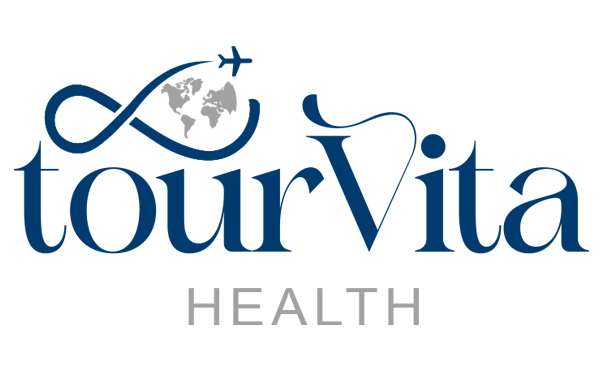
Gynecomastia
August 20, 2023
Nose Tip Aesthetics
August 20, 2023NOSE AESTHETICS
Rhinoplasty is known as aesthetic nose surgery in which the nose is reshaped and reconstructed. Rhinoplasty, a plastic surgery procedure popular among both women and men, is a surgery that significantly affects the appearance of the nose, which is located in the center of the face. However, it is a treatment option that can include not only appearance correction but also functional improvements. Thanks to advances in medical technology, the structure and deformities of the nose can be safely corrected. In addition to aesthetic concerns, rhinoplasty can also be preferred for the treatment of health problems such as respiratory problems, accidents, trauma or deformities.
Rhinoplasty offers a great advantage as a surgical procedure that can solve respiratory problems as well as correcting the appearance of patients. As a result of this surgery, both the appearance and health problems of patients can improve positively.

HOW IS RHINOPLASTY SURGERY PERFORMED?
Rhinoplasty surgeries should not be considered only as nose reduction surgery. This surgery can be performed for different purposes depending on the patient's needs. Correction of the arched nasal structure, nasal augmentation or surgeries combining both reduction and augmentation techniques can also be performed. The important thing is to focus on achieving realistic and natural results, with the patient and the doctor working together.
In nasal reduction surgery, certain proportions of the cartilage or bone tissue of the nose can be removed to achieve the desired nose size and shape. Nose augmentation surgeries are usually performed to correct congenital structural defects or deformities caused by trauma or for revisions of previously unsuccessful rhinoplasty. During the nose augmentation procedure, cartilage, skin or fat tissues taken from inside the nose or other parts of the body are used to bring it to the desired size and shape. During this procedure, the nasal skeleton is reshaped. Nose augmentation is a more challenging procedure that requires experience.
The most commonly preferred method in rhinoplasty surgeries is the open surgery technique. In this technique, a small incision is made between the two nostrils and the nasal septum and problem areas can be seen from a wider perspective, making the desired shaping easier to achieve.
In the closed technique, the incision is made inside the nose and the entire procedure is performed inside. Recovery time may be shorter with this technique, but the surgeon's field of vision is limited. It is generally preferred for smaller corrections. In this technique, there is no incision or stitch mark on the skin.
The delivery technique is a method in which two parallel incisions are made through the nose. This method combines the advantages of open and closed techniques. In addition to the visual angle of the open technique, the absence of suture scars is one of the advantages of this method.
WHAT IS THE PROCESS AFTER RHINOPLASTY SURGERY?
The duration and recovery times of rhinoplasty surgeries vary according to the aesthetic method used. When using the open surgery technique, the recovery time usually ranges from 7 to 10 days. Intense edema, swelling and bruising may be observed for the first 1-2 days after surgery. Most of these complaints subside by the end of the first week. However, it usually takes up to 3 months for the patient to completely get rid of edema and swelling. It may take about 1 year to see the full results.
In the closed technique, the recovery time can vary between 7 and 10 days. After surgery, the silicone splints attached to the inner part of the nose and the protective tape adhered to the outer part are usually removed within 3-4 days. Mild swelling and bruising after surgery can also disappear in a short time.
Both techniques require a careful postoperative recovery period. It is important that patients rest according to their doctor's recommendations, follow recommended care guidelines and attend regular follow-up appointments. In this way, it is possible to achieve the best results and manage the postoperative recovery process in the best way possible.
WHAT TO DO AND WHAT NOT TO DO AFTER SURGERY
It is generally not recommended to stand up for 4-6 hours after surgery. It is normal to experience dizziness and darkening of the eyes when first standing up. Blood may leak from the nasal passages both during and after surgery. If there is no nausea 6 hours after surgery, you can drink water. Watery foods can be introduced little by little. In the first few days, liquid nutrition is usually recommended.
For the first 15 days, water should not be drawn into the nose and blowing should be avoided. It is normal for the nose to remain blocked during this process. It is not recommended to wear glasses for a few months in order to fully achieve the targeted shape. Patients may be asked to avoid certain behaviors such as physical activities requiring high effort, swimming, chewing too hard, brushing teeth vigorously.
Nose Aesthetics - Rhinoplasty
- Operation Time: 2 - 4 Hours
- Permanence of Results: Lifetime
- Hospitalization 1 Day
- Sensitivity Period: 2 Weeks
- Anesthesia General Anesthesia
- Return to Work Period: 10 Days



